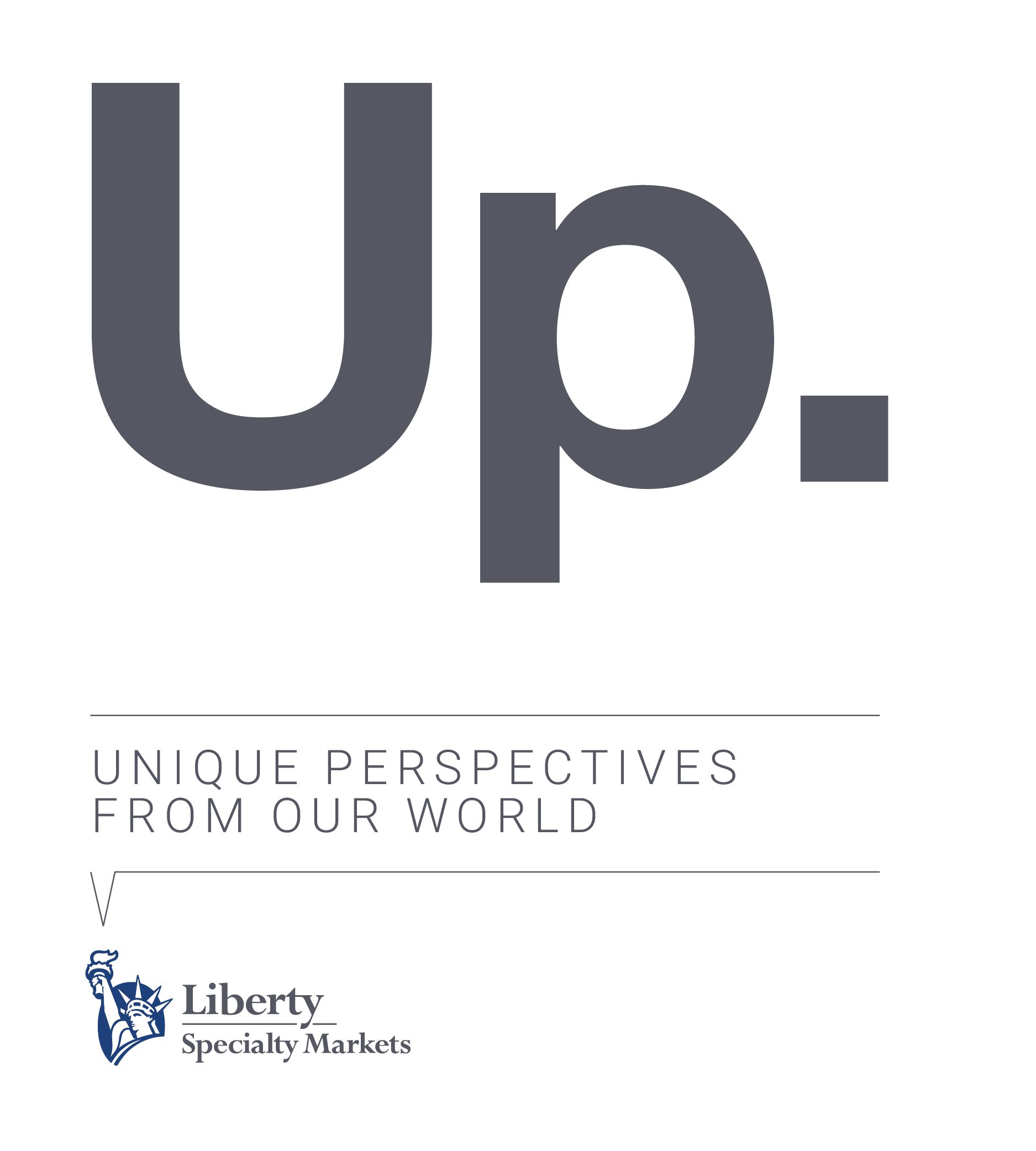The market for commercial insurance is evolving—what was once a firm market is giving way to one of transition. Issues like weather, labor, and the supply chain are having a dampening effect on insurance companies, leading, in turn, to divergences in policy conditions and terms.
According to Kevin Smith, president of Global Risk Solutions (GRS) North America, Liberty Mutual, the insurance industry tends to be cyclical. “When you’re in a hard market — which traditionally is tightening terms, higher pricing — you generally have a pretty high degree of consistency with markets,” he notes. “In a soft market cycle, carriers tend to get a little more competitive: pricing gets softer, terms open up.”
This makes buyers more likely to come across differences in coverage options, especially in terms of appetite, capacity, and individual lines—and such a degree of variance doesn’t make things easy. Fortunately, there are ways for businesses to deal with fluctuating markets like these: by working closely with their carriers and brokers to lessen risk, protect against exposure, and navigate these divergences.
Property insurance: the moving target
One area where these variances are particularly noteworthy is property insurance. “It’s a moving target that everybody’s trying to grapple with,” Smith points out. “There’s still a lot of pressure in property for a whole host of reasons; the increased frequency and severity of severe weather being a major factor. So, there’s a compression taking place.”
“By maintaining accurate valuations, companies can better avoid gaps in coverage and financial hardship.”
In addition to the weather, there is also less capital in play. “So, you’ve got an issue around capital coming in [and] around coverage,” Smith adds. “Reinsurance markets are pulling back on the perils that they’re covering to some degree, and the capacity they do put up, they’re charging more for.”
As if weather and capital were not enough, there are also supply-chain disruptions and rising costs. “If you are going to rebuild now, the cost of materials and everything else is going up as well,” he says.
And this, Smith cautions, is why it’s imperative to carry out regular property valuations. Without them, coverage could be insufficient, a situation that could become evident at the least convenient moment. “By maintaining accurate valuations, companies can better avoid gaps in coverage and financial hardship,” he concludes.
Despite this series of hurdles, insurance can put their clients’ minds at ease by making use of historical claims data and predictive modeling tools. Over and above the numerical analyses, brokers can apply their practical knowledge to grasp the ins and outs of customers’ enterprises, helping them to both steer clear of disruptions and handle cost fluctuations.
Cybersecurity protection, pre-to-post breach
The cyber market is another area that has gone through an evolution. “The industry saw double- and triple-digit price increases over the last year and a half to two years,” Smith comments. “Now that’s more or less flat. So, that’s a pretty big change.”
But while pricing has leveled out, the industry has been hit with increased risks surrounding cybersecurity, with insurers and insureds alike reeling from cyber breaches and ransomware attacks. In 2021, global cyberattacks rose by 38%; in 2022, they went up by 57% in the US alone. And the industry most affected was the one where some of our most personal information is located: healthcare.
“The business world has evolved from thinking ‘We will never have a breach’ to the reality being that anybody can get breached, and the probability is pretty high,” Smith notes. “At some point, your organization is likely to experience one.”
With pressing issues like labor shortages and operational challenges to worry about, it’s understandable that companies could overlook cybersecurity. This is especially true in times when cost-cutting necessities are leading more companies to contract cyber maintenance to outside or cloud-based services. While this may help the bottom line, it can also take this vital area out of their direct control.
“The business world has evolved from thinking ‘We will never have a breach’ to the reality being that anybody can get breached. At some point, your organization is likely to experience one.”
Here is where cyber risk management planning comes in. This includes employee training on data protection and cyber scams, proper vetting of any outside providers, and what Smith calls “blocking and tackling” security protocols.
“We can provide pre-breach and post-breach services,” he says. “Whether it’s multifactor authentication or end-of-life systems, where you’ve got antiquated technology that’s susceptible to a breach — there are fundamental things we can help businesses implement to better protect themselves and help reduce their cyber exposure.”
From risk-averse to risk-aware
And the risks don’t end with property and cybersecurity—they extend to international wild cards like geopolitical tensions and inflation. “Given this transitioning market and challenging risk landscape, it has never been more important for buyers to partner with an insurer that can help identify the exposures they face and develop holistic solutions to mitigate those risks,” Smith advises.
Given all this, it is logical for risk management teams to develop solutions that attempt to account for every contingency. But according to Smith, “so much of success in this market is about understanding and prioritizing risk, and the day-to-day combat of mitigating evolving exposures by focusing on the fundamentals.”
In practical terms, this means guiding clients to pinpoint their trouble spots and targeting coverage to those areas. “We’re strong proponents of risk control and risk engineering, going out and doing risk assessments to make sure there are fundamental and adequate controls in place to help prevent the events that spark claims,” he explains. “And this applies to all lines: ergonomic work, doing slip-and-fall reviews, evaluating fire controls – these are important actions to take to help mitigate risk and claims.”
Once that’s complete, the next step is to confirm that clients are aware of their total risk cost. As an example, Smith brought up the case of a company getting ready to construct a new factory or plant and laid out a series of questions. “Where do you want to put that structure? Are there things that can be thought of in terms of property exposure? Do you want to build it in an area that’s more prone to catastrophes or can you think about maybe building it in other areas?”
“So much of success in this market is about understanding and prioritizing risk—the day-to-day combat of mitigating evolving exposures by focusing on the fundamentals.”
Through such a dialogue, insurers can help clients move forward with confidence, even in a context of greater risk. “Working with them as they navigate those particular exposures — coming at it through an insurance lens — because it’s not just making their risk better, but how do we overall aid them in managing and controlling their total cost of risk?” Smith adds.
Over and above covering this risk or that, Smith states, it is important to help clients change their mindset. “How can we also help them become more ‘risk-aware,’ as opposed to ‘risk-averse’?” he asks. “How do we become a problem-solver and work closely with our insureds to identify exposures and jointly come up with potential solutions?”
A better risk is better for all
In this new paradigm, all parties stand to benefit. “If we can help them be a better risk, it’s better for us: [there’s] lower probability of loss for us and less disruption to them. If you go through a cyber breach, for example, it’s incredibly disruptive. A fire loss or a loss in a storm on the property side is very disruptive; litigation can be very disruptive. So, anything we can do to mitigate that aggregate risk, we all win. That’s how we like to think through things — not only through an underwriting lens but through a risk-control lens as well.”

